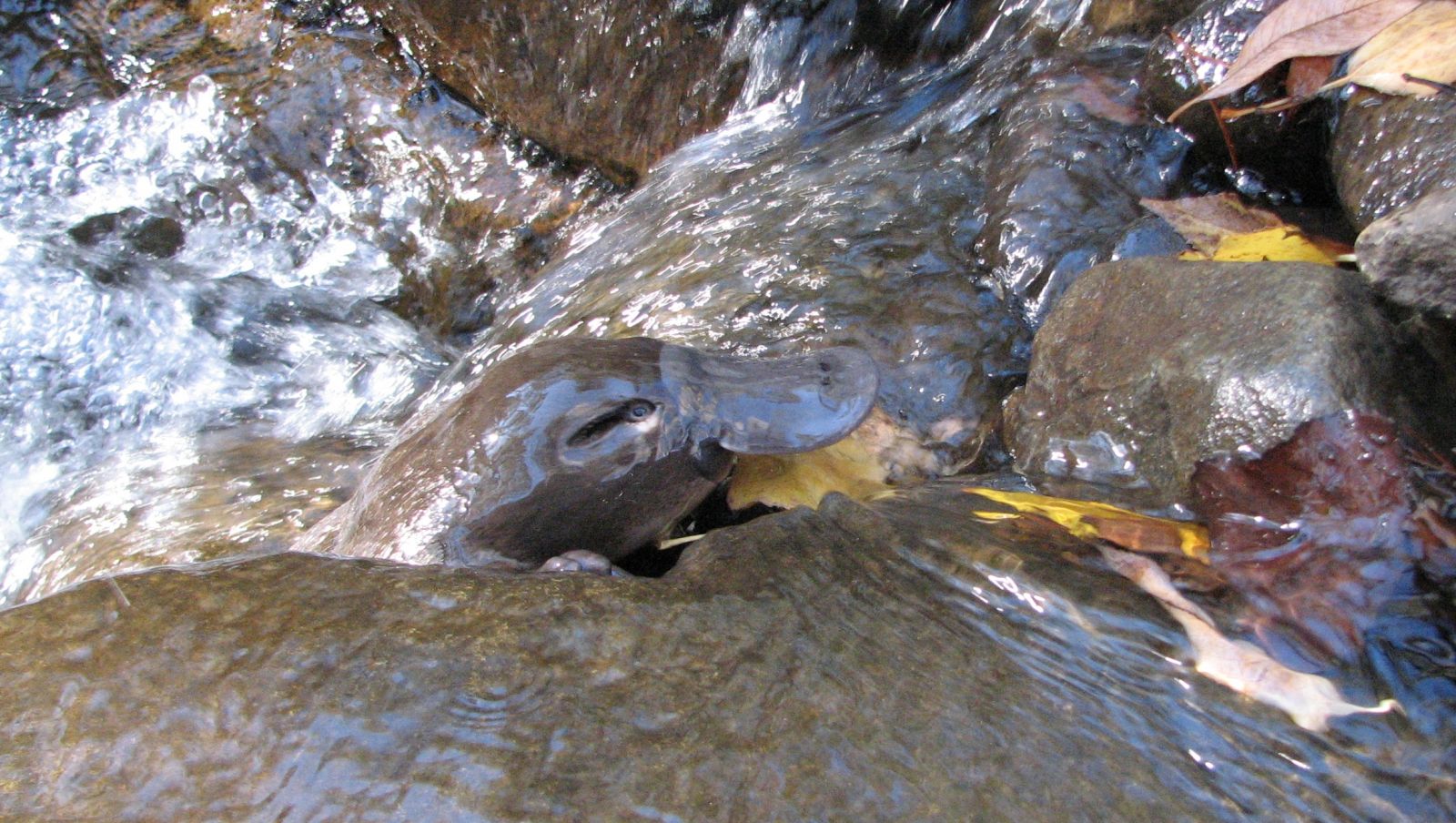Vulnerable land
Vulnerable land is land that:
- is within a stream side reserve
- is very steep
- is highly erodible
- contains a threatened native vegetation community
- is inhabited by a threatened species
- contains sensitive karst (limestone or dolomite) soils
- contains areas of forest reserved under an earlier FPP
- contains rare, vulnerable or endangered forest communities.
If you want to make changes that may impact your land, and you think it may be vulnerable, talk to a Forest Practices Officer (FPO). FPOs assess the potential for threatened species and threatened native vegetation communities, and can prepare a forest practices plan (FPP). Our specialists are consulted if there are complex values, such as threatened species or communities and karst, to consider in an FPP.
For more information, please see our page on clearing land.
Threatened native vegetation communities
The threatened native vegetation communities are listed in the Nature Conservation Act 2002. You will not usually get approval for clearance and conversion of any these communities unless exceptional circumstances exist. Harvesting and regeneration as native forest is permitted.
Gorse management: Gorse management leaflet (PDF 1.0 MB)
View more information on how to identify threatened native vegetation in our information sheets.
Clearance and conversion of nationally significant ecological communities allowable under a certified FPP or the Forest Practices Regulations 2017 does not provide exemption from Commonwealth legislation. Any works that may affect a nationally significant ecological community may also require referral under Commonwealth legislation. Advice from the Commonwealth Department of Agriculture, Fisheries and Forestry should be sought prior to impacting a nationally significant ecological community
Conservation of threatened species
If you are interested in taking further steps to ensure the survival of the threatened species or threatened native vegetation communities on your land, you can get more information on entering into a conservation covenant from the NRE website.
